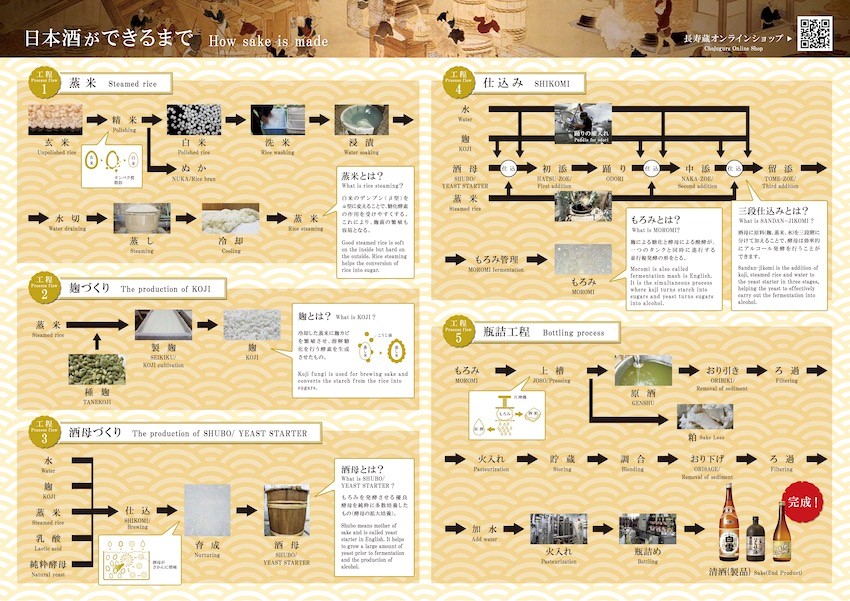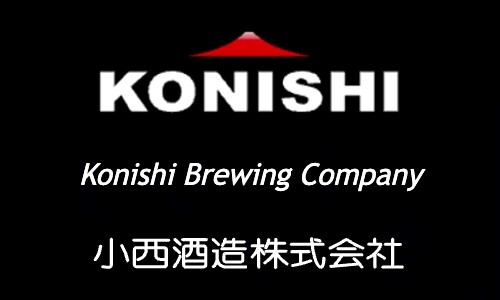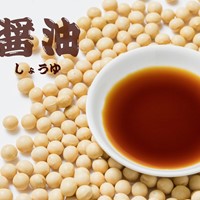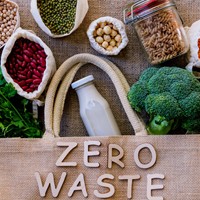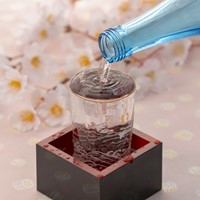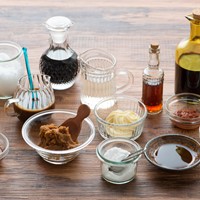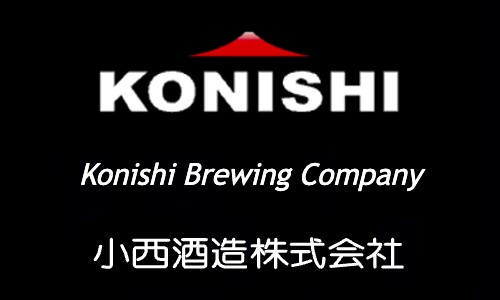Japanese Sake - How to Brew and its History
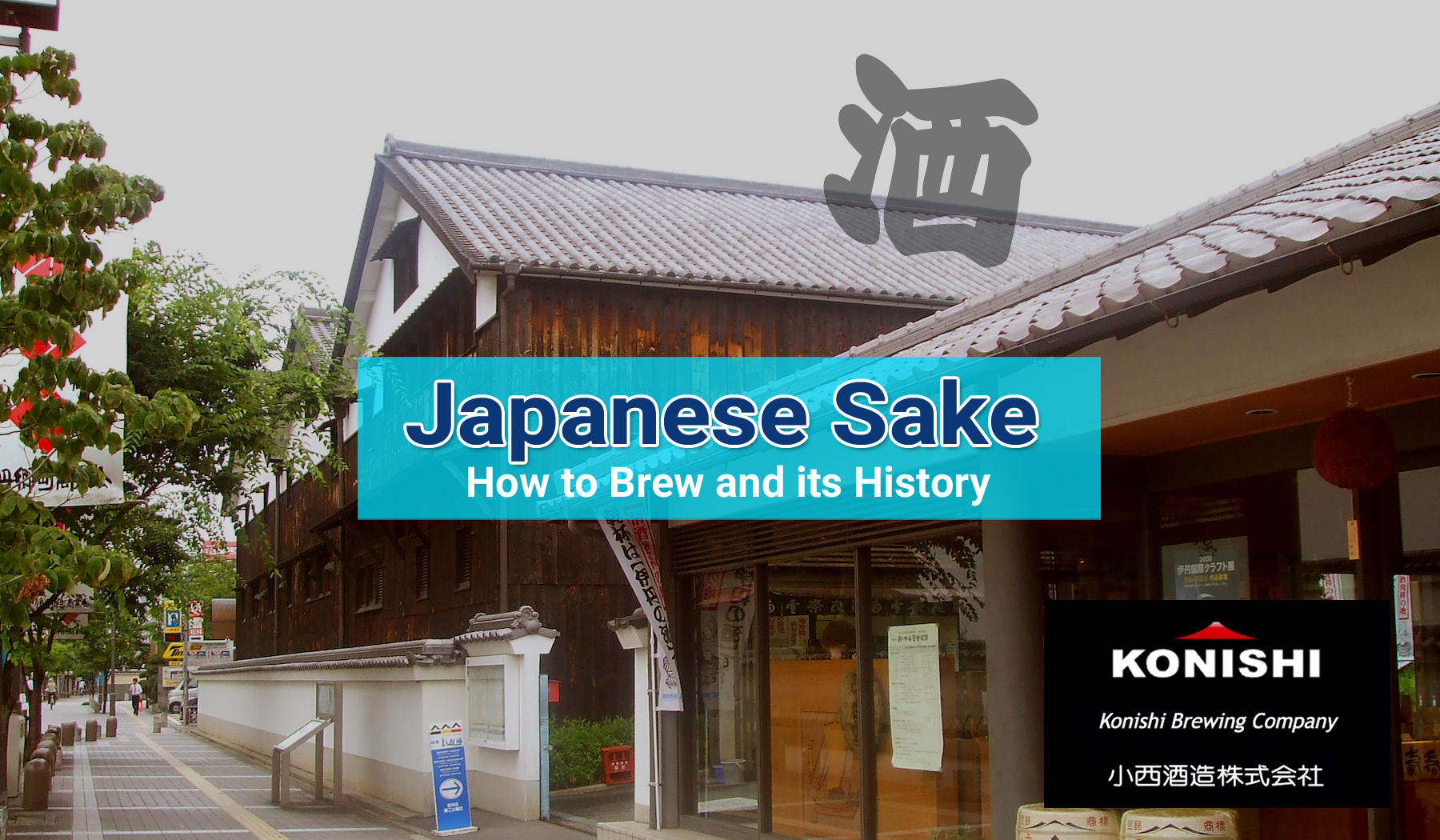
This article is contributed by Konishi Sake Brewery and covers the history of sake, brewing process, and the differences between various types of sake, such as ginjoshu, junmaishu, Honjozo, Genshu, Koshu and more.
As you might know, the capital of Japan is Tokyo, formerly known as Edo, this city has history from 1603 to present. People who born and raised Edo had been crazy about "Seishu" (clear sake) which was called "the sake was shipped to Edo", this Seishu had been made in Itami was said to be the birthplace of clear sake, and it is known as "Itami Morohaku".
History of Sake and Itami Morohaku
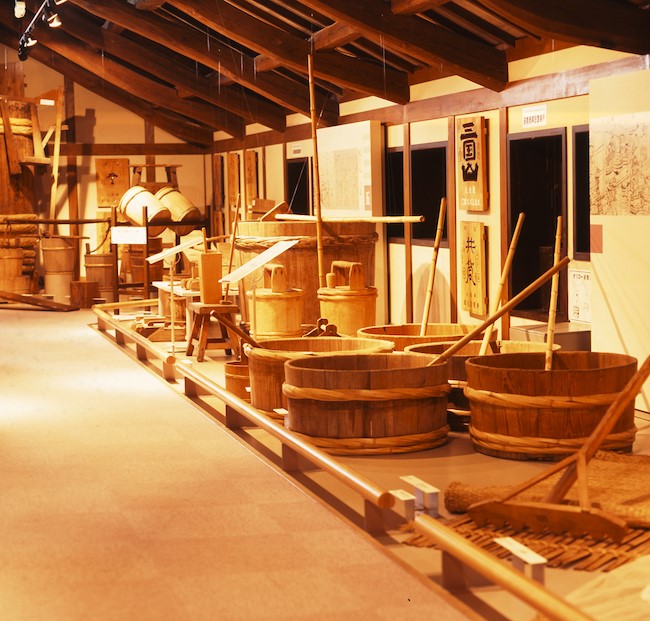
Before the Edo period, all sake was cloudy and not refined or clear. Konoike in Itami there is a stone monument with writing that states it is the birthplace of "seishu", the story around Konoike goes that a young boy put ashes in the sake barrels and the sake turned clear by accident. They say this is how clear or refined sake was invented.
In 2020, Itami Morohaku (and Nada no Ki-ippon) have been acknowledged as cultural heritage by the Agency for Cultural Affairs thanks to their relation to innovations and the development of shipping methods (kudarizake). All over Japan there are 200 places designated as cultural heritage, but none are related to sake.
Similarly with beer and whiskey, the world of Sake also has many different aspects to it.
Sake Brewing Process
Sake has been called sake since before men can remember, but it’s interesting to see how different techniques have been developed with places such as Izumo (Shimane Prefecture), Nara and Itami at the forefront. Itami as the birthplace of clear sake, Izumo where cloudy sake (nigorizake) was made since the olden days (there is even a shrine called Sakamoto-Jinja that is still brewing sake). Also in Nara, the brewing method of sake in three steps was developed – a technique that is still used today. Japanese sake, like beer and wine, is a brewed alcoholic beverage.
The difference is that Japanese sake has a unique fermentation method (multiple parallel fermentation). First, steamed rice is sprinkled with koji mold. This molded rice is called koji-rice or simply koji. The koji is then mixed with water and normal steamed rice. The conversion of starch into sugar and the conversion of sugar into alcohol happens at the same time, during this step in the process. That is why it is unique in the world and differs from beer and wine.
Itami is intertwined with Izumo and Nara. Itami is said to be the birthplace of clear sake, but it was made from the muddy, clouded sake that was brewed in Izumo and the brewing techniques developed in Nara were being used. In Itami itself, another innovation took place: the Morohaku polishing method. Up until then, only the steamed rice (kake-mai) was polished. With the Morohaku method, also the koji-rice was being polished. It is not to be compared to Ginjo or Daiginjo sake which have become very popular thanks to their exquisite aroma’s.
To talk about the rice polishing ratio, it is necessary to understand the type of sake and rice. The kind of rice which is best for brewing sake is called SYUZO KOTEKIMAI. SYUZO KOTEKIMAI has less fat and protein, and it absorbs water better than other kinds. Each rice has a little white spot in the center called “SHINPAKU” and compared to rice used for cooking it has many cracks on its surface, so the necessary KOJI-mold can easily be bleed. YAMADA NISHIKI is a typical SYUZO KOTEKIMAI and considered to be very high quality. It is often used for GINJO and DAIGINJO sake.
It is characterized by its large grains. It is said that this kind is difficult to cultivate because it is easily affected by the climate and the condition of the soil. This one is unpolished rice, and this one is polished rice. At first, stock unpolished rice, and polish rice. The purpose of polishing the rice is to scrape off the protein and fats from the surface of each grain, because these affect the taste and aroma negatively. The rice polishing ratio is displayed as a percentage, for example, 100kg of unpolished rice changes to 70kg after polishing.
The rice polishing rate here is 70%, so in other words, so it can be said the total amount of rice reduced about 30%, and it will be more fragrant and clear taste with low acidity it becomes. Generally, the 70% polishing rate of Sake is called Futsu-Shu and the below 50% is called by Daiginjo. The polished is called NUKA (rice bran), the brown rice’s NUKA is usually used for pickles and the white rice’s NUKA is used for sweets and cosmetics.
Another important material is water, a slightly soft semi-hard water is good for brewing Sake, Itami Morohaku which had been popular by people who born and raised Edo was used by this slightly soft semi-hard water (the Rokko Mountain range). Becuase of the quality of the water in Itami was very good, and it is believed that is one of the reasons why our sake was so highly praised in Edo. Water not only using by material for Sake, but also is used by process. Below is a production process of Sake brewing.
It is said that luxury Sake is shiny and may reflects your face, it takes approximately 5 to 6 months from manufacturing to shipping. Sake brewing consists of such a many process.
Different Types of Sake
The types of sake is also as many as process of Sake brewing, and the following specific class name of sake are based by National Tax Agency, and Sake varieties are also distinguished by brewing method.
Ginjoshu
Sake made using white rice which has been milled so that 60% or less of the grain remains. It also contains rice kojhi and water, and may contain all of these ingredients plus brewing alcohol. It is characterized by a fruity, somewhat floral bouquet and a clear, crisp falavor. If the rice is polished down to 50% or less, the sake is called Dai-ginjoshu
Junmaishu
Sake made only from white rice, rice koji, and water. It tends to have a mellow bouquet and a rice, smooth flavor.
Honjozoshu
Sake made using white rice which has been milled so that 70% or less of the grain remains, along with rice koji, brewing alcohol, and water. It is known for its mild, unobtrusive bouquet, and a crisp falvor.
Namazake
Sake that is not heated for pasteurization after the final mash is pressed. It is characterized by a light, flesh flavor.
Genshu
Sake with a higher alcohol content becuase it has been pressed but not diluted with added water. It has a deep, rich flavor and an alcohol content of from 17% to 20%.
Koshu(Aged sake)
Sake that has been aged for a couple of years, or for upwards of five years or longer. It has a bouquet like sherry, with a flavor profile that includes spices and nuts.
Taruzake(Cask sake)
Sake that is aged in casks and thus takes on the fragrance of the wood from which the cask is made.
Nigorizake
Sake that is milky white since the mash is only lightly filtered using a coarse - textured cloth.
Sparkling sake
Carbonated Sake, with a mouth feel reminiscent of champagne.
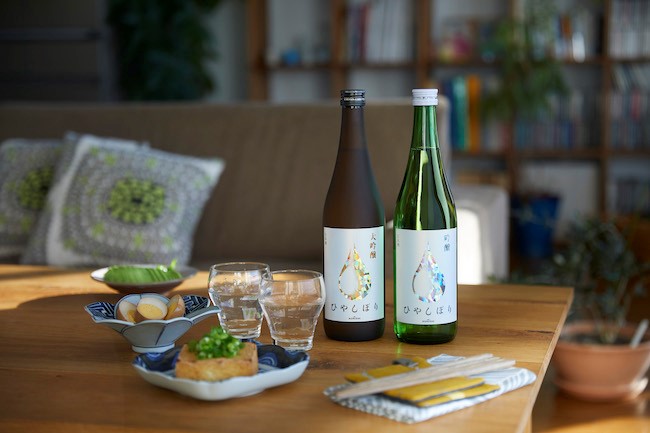
It will be explained in more detail about Sake next time, please look forward to the next episode.
Where to Find Great Sake from Konishi Brewery
You can buy Sake from Konishi Brewery:
- on Konishi Brewery Official website (Japanese only)
- on Amazon Japan
